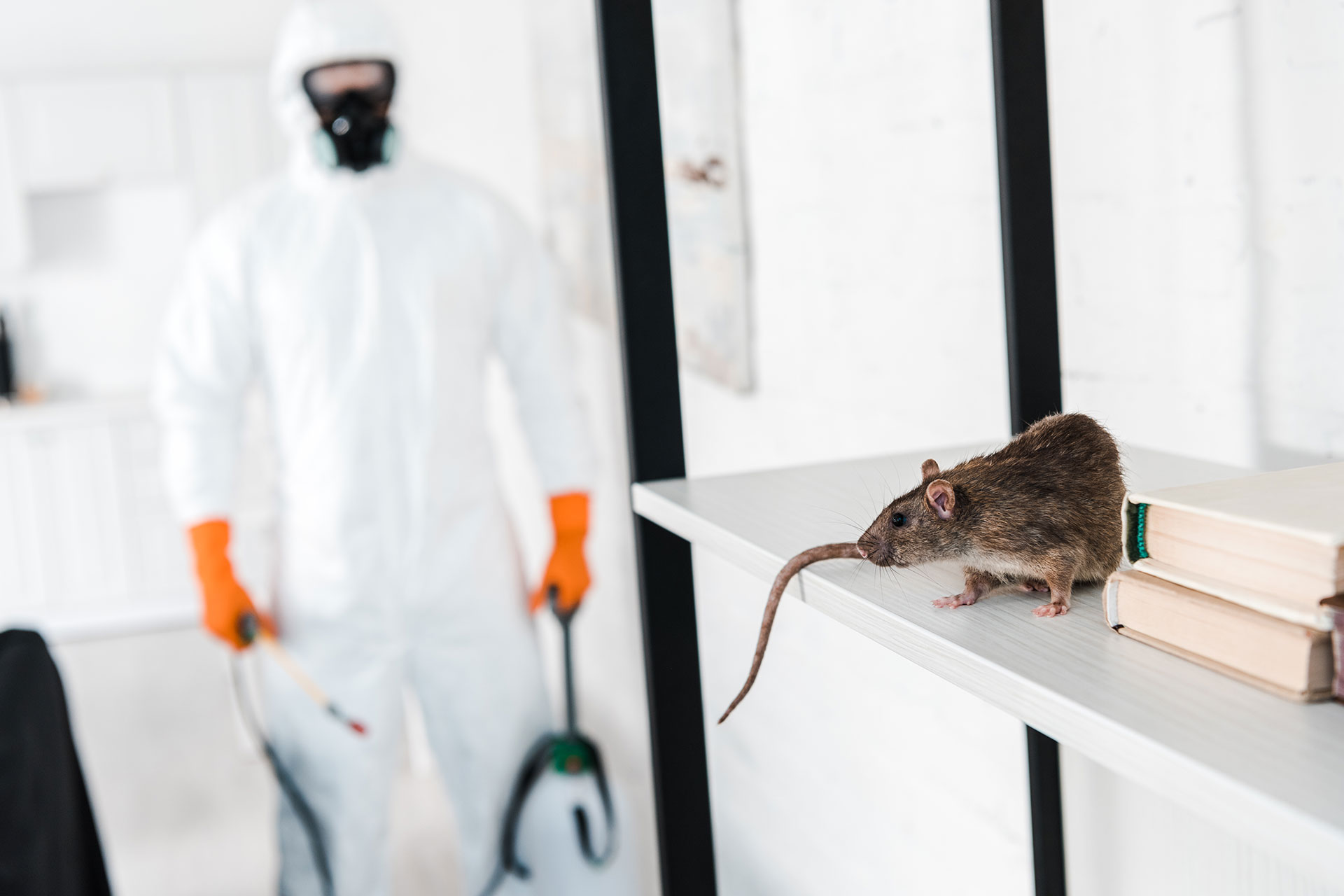How to Spot Mice or Rats in the Home
Home > Single Blog

What do rodents look like?
Rodents are a diverse group of mammals with common features such as continuously growing upper and lower incisors, sharp claws for manipulating objects and powerful jaws for eating a variety of foods. They are also known for their small size and agile bodies.
Rodents vary considerably in appearance depending on their species and habitat. Some are small and stocky, like mice, while others are taller and slimmer, like rats. They generally have dense, soft fur, which can be brown, gray, black or white, depending on the species.
Rodents generally have large ears, round eyes and pointed muzzles. Their legs are short and adapted to digging or climbing, depending on their natural habitat. Rodents also have long, slender tails that can be naked or covered in hair.
In short, rodents vary in appearance but share common anatomical features that make them well suited to their lifestyle.
With an average weight of 20g, measuring at most 16 cm(6 in) with tail. The mouse may be cute, but it’s devastating. Even though they’re called gray mice, their coat varies from light beige to brown to black, with a white stomach. They can be distinguished by their larger, rounder ears, finer, hairier tails and sharper snouts.
Needing approximately 3 grams of food a day, they like grain, oats, sugar and so on. Their teeth enable them to gnaw through rubber, plastic, aluminum, wool and masonite. They’re not afraid of electrical wires either, as mice are the cause of many fires. An opening of just 6 mm (0.2″) is enough for them to squeeze through.
- Mouse and rat traps
- Poisoned bait
- Ultrasonic repellents
- Les techniques de prévention
- Sewer rat
- Long-Term Prevention
So what are the signs of infestation?
Many signs of infestation will be visible. But chances are you’ll have smelled or even heard them first. Excrement and urine are the most visible and odorous signs. Like all animals, rodents use their droppings to mark their territory.
Rats will therefore produce between 20 and 50 droppings per adult per day. They are generally long, measuring between 10 and 20 mm. Mouse droppings, on the other hand, are much smaller, measuring between 1 and 2 mm, and will produce between 40 and 100 droppings per day. It’s important to understand that their excrement has several functions.
